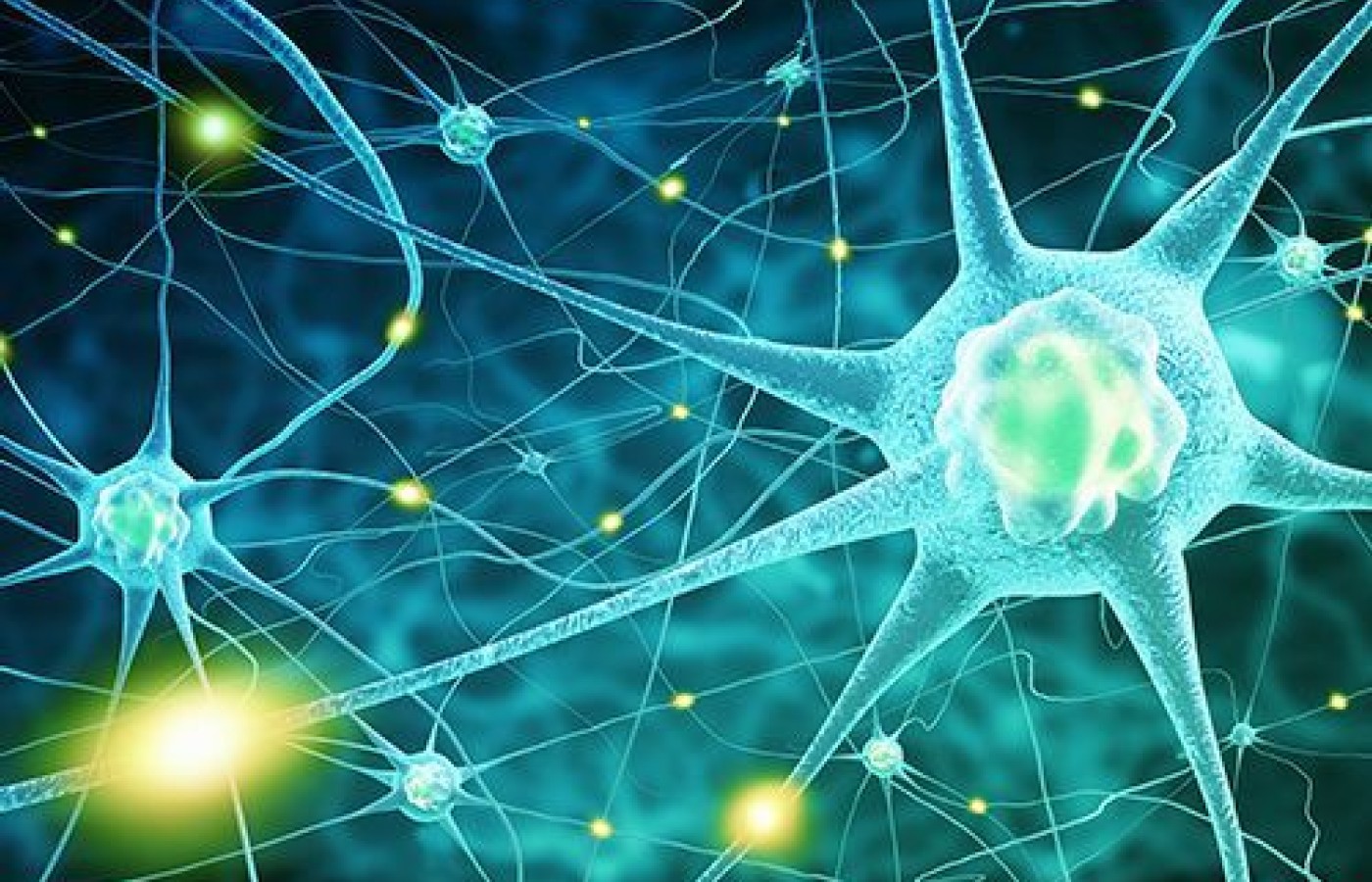People today want convenience, whether it be from their bank, credit card, favorite retail store, or restaurant. They demand it from the companies who hold their loyalty, including their health care providers (you). They don’t want to call and possibly be put on hold, and they want to use an app or schedule an appointment on your website. Here are three reasons your practice can gain by switching to online appointment scheduling.
Neuroimmunology and Herbal Medicine: Connecting the Dots
Neurodevelopmental disorders, neuroinflammation and neurodegeneration have a commonality, something that will clearly take center stage in the years to come. That something is the role of microglia in brain health and disease. Up until a few years ago, microglia were overlooked and understudied glial cells floating around in the brain. Now, their popularity has skyrocketed as scientists realize just how essential they are for brain health.
The exploding research in the area of neuroimmunology is ensuring that textbooks on the brain and neurodegenerative diseases will continuously need to be updated. Neuroimmunology is the study of the interaction of the immune system with the nervous system. It wasn't long ago that science thought the brain to be "immune privileged," meaning it was protected from and unaffected by whatever was happening within the peripheral immune system and circulation. We now know this is untrue.

Furthermore, we now understand that the brain has its own immune system, with direct and indirect means of communication with the peripheral immune system – and just like in the case of autoimmune disorders, in which the immune system goes haywire and starts attacking the body's own tissue, microglia-mediated immune responses in the brain can do the same thing.
Microglia account for 10-15 percent of all brain cells. During embryological development, they originate as macrophages and then migrate into the brain to become microglia. Microglia morph into several different states that have specific functions. These states include a resting "surveillance" state, amoeboid state, reactive state and active state.
In their resting state, also called a ramified state, they play key roles in the surveillance of pathogens and synapses. In their amoeboid state, microglia become much larger and are able to fully engulf dead or dying neurons, neuronal synapses and pathogens. Microglia release neurotrophic factors related to the growth of new neurons and play an important role in controlling the number of undifferentiated neuron precursor cells in the subventricular zone.
Microglia serve as sensors in the brain, responding to everything from circadian rhythms, environmental signals, hormones, and aging; to stress, alcohol, anesthesia, infections, injury, hypoxia, ischemia, and the microbiome. They have the ability to switch into an anti-inflammatory state, as well as a pro-inflammatory state.
In certain acute situations, such as brain injury, this pro-inflammatory state is essential for addressing the acute trauma. However, research is showing that microglia can become dysregulated and create inflammatory states that contribute to pathology seen in a wide array of disorders including autism spectrum disorder, depression, post-concussion syndrome, multiple sclerosis, ALS, Parkinson's, frontotemporal lobar degeneration and Alzheimer's.
Microglia have become a key therapeutic target in the treatment of neurodevelopmental, neuroinflammatory and neurodegenerative disease. Research has been looking at the role of pharmaceuticals, fasting, meditation, photobiomodulation, neurofeedback, and herbal medicine on microglia in the quest to find answers to resetting microglia-mediated immune dysfunction in the brain.
The Chinese herbal pharmacopeia contains many herbs with anti-inflammatory effects; however, one herb repeatedly shows microglia-specific actions. Huang Qin (Scutellaria baicalensis) contains the flavonoids baicalein and wogonin, which have been shown to inhibit microglia in the active pro-inflammatory state that promotes neurodegeneration.
Due to the fact that we are unable to monitor the microglia in a living human brain in real-time, researchers are conducting rodent studies to determine the precise mechanisms of action of different therapies on microglia. A recent paper studied the effects of baicalein on a Parkinson's-like neurodegenerative presentation in mice and found that not only did the histological data show the inhibitory effects of baicalein on activated pro-inflammatory microglia, but three separate motor tests also showed a reversal of motor dysfunction in a dose-dependent manner (Rui, et al., 2020).
The importance of understanding and addressing microglial-mediated neuroinflammation in neurological disorders will continue to grow as the cutting-edge research of the past five years makes its way into mainstream medicine and modern therapies. Chinese herbal medicine has important contributions in the quest to guide the brain's immune system back into a healthy state.
Resources
- Ginwala R, et al. Potential role of flavonoids in treating chronic inflammatory diseases with a special focus on the anti-inflammatory activity of apigenin. Antioxidants, 2019;8(2).
- Rui W, et al. Baicalein attenuates neuroinflammation by inhibiting NLRP3/caspase-1/GSDMD pathway in MPTP induced mice model of Parkinson's disease. Int J Neuropsychopharmacol, 2020 Aug 6;pyaa060 (epub ahead of print).
- Woollacott IOC, et al. Microglial burden, activation and dystrophy patterns in frontotemporal lobar degeneration. J Neuroinflammation, 2020;17(1):234.
- Xu Y, et al. Microglia in neurodegenerative diseases. Neural Regen Res, 2021;16(2):270-280.



